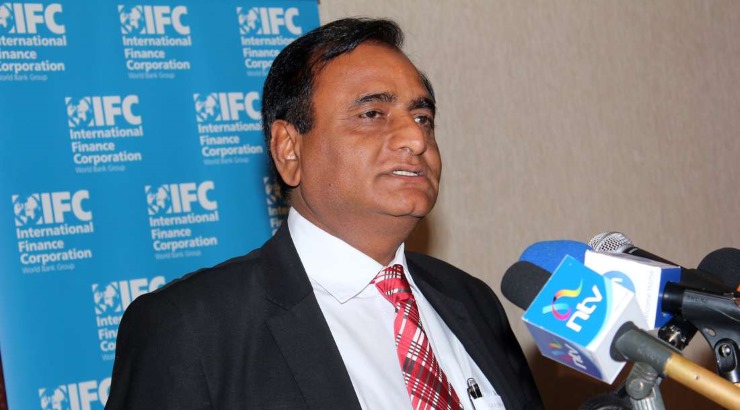Project News
Narendra Raval to Build 65MW Wind Farm in Kwale
Devki chairman is positioning himself as a green energy producer.

Narendra Raval has announced plans to set up a 65MW wind farm in Kwale County as he seeks to position Devki Group as a green energy company.
The power plant, which will be located at Samburu in Kinango constituency, is expected to cut operational costs at Devki’s virgin steel factory in the area while spearheading the company’s shift towards renewable energy.
“We are putting up a wind power project which will produce 65MW. This will position our group as a green energy company,” Mr Raval said in an interview.
The self-made billionaire says the machinery for this project is being processed.
“It is on the ground and ready for the feasibility study of the location, and will be installed at the end of next year,” he added.
RELATED: How Narendra Raval Became One of Kenya’s Richest Men
Devki plans to install 38 wind turbines on site.
The project will gift Kenya its third largest wind farm after the 100MW Kipeto Wind Farm in Kajiado and the Lake Turkana Wind Power Plant which has a production capacity of 310MW.
The wind farm comes at a time when big businesses, universities, and factories in Kenya are shifting to renewable energy – mainly solar – in a bid to cut electricity costs while reducing their carbon footprints.
A study by the Energy and Petroleum Regulatory Authority (EPRA) shows that at least 73% of Kenya experiences wind speeds of 6m/s or higher, at 100 metres above ground level – an ideal environment for generating wind power.
Solar power systems
Kenya is also endowed with yearlong supply of ample sunshine which makes it easy to operate both small-scale and large-scale solar power systems within the country.
RELATED: Devki to Build 60 MW Wind Farm in West Pokot
According to electricity distributor Kenya Power, a growing number of large power customers – who account for about 68% of its sales revenues have shifted to own-generated solar power, dealing a major blow to its already declining incomes.
Domestic consumers are also shifting to solar power with the 2019 census report putting solar lighting uptake in Kenya homes at 19.3%, about 2.3 million homes.














